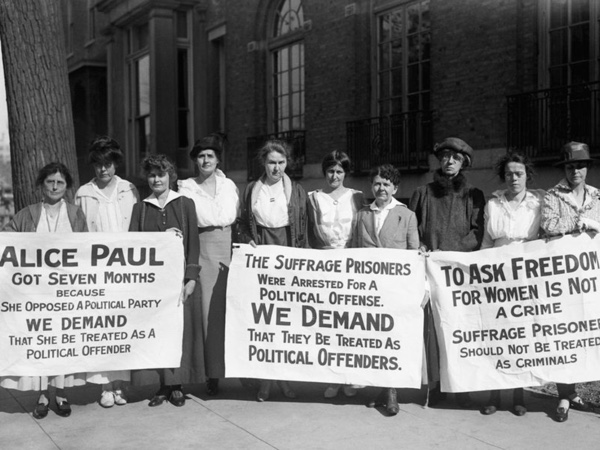Paul was imprisoned multiple times under unjust charges. During her imprisonment, she communicated to the public the mistreatment that the suffragists received. She then utilized her situation as an opportunity to gain supporters for their movement as well as the public’s sympathy. Paul and her followers staged a hunger strike during their stay, determined to demonstrate how much gender equality meant to them.
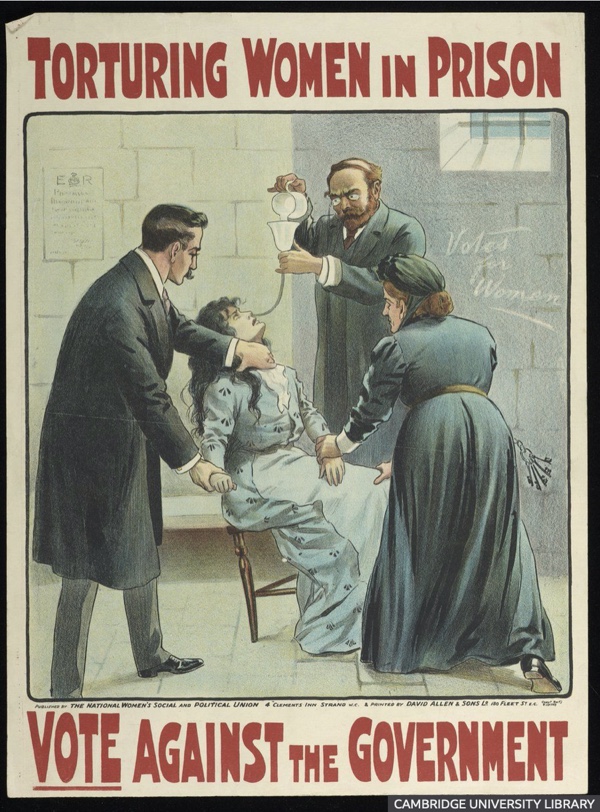
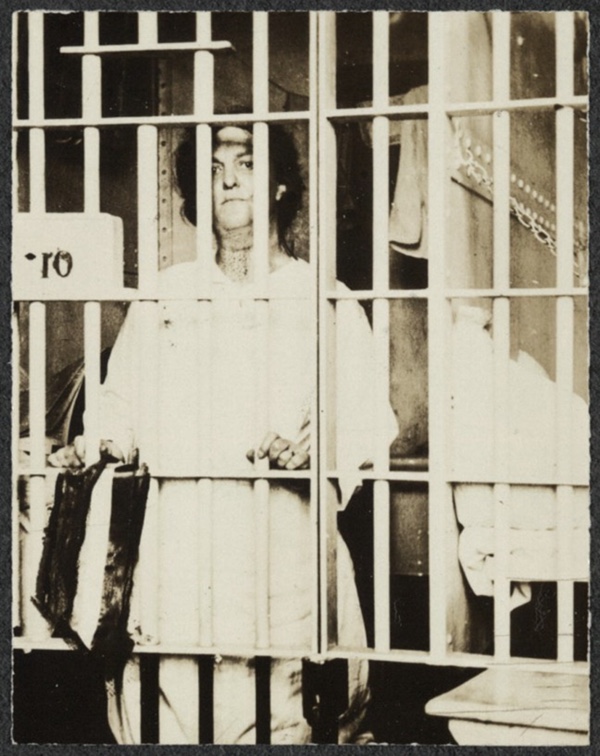
In the morning we were taken one by one to a washroom at the end of the hall, there was a toilet in each cell, open, and paper and flushing were supplied by the guard. It was as though one were in a zoo with the open bars leading into the corridor.
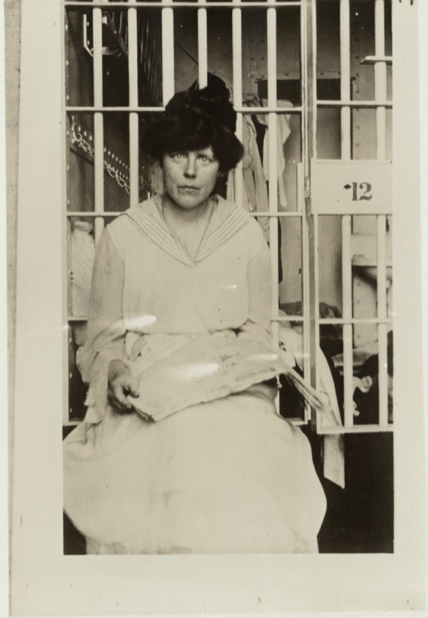
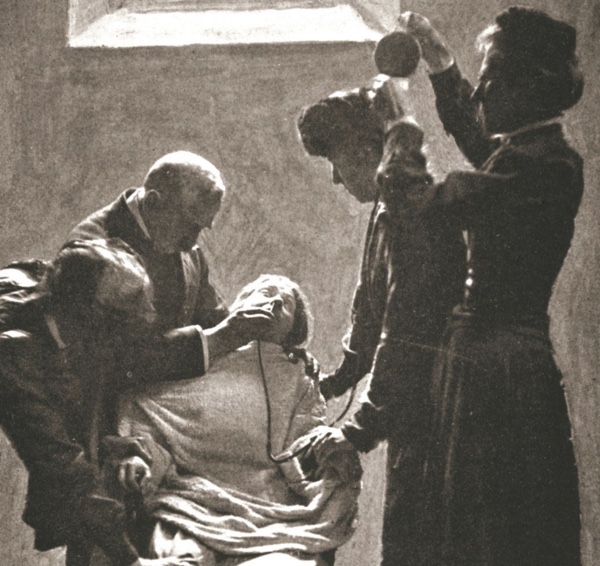
While participating in hunger strikes, Paul was force-fed through the nose while being strapped to a chair. Authorities threatened to send Paul to a psychiatric hospital if she continued. When Paul and the other inmates were released, many of them began to write books describing the conditions they had endured.
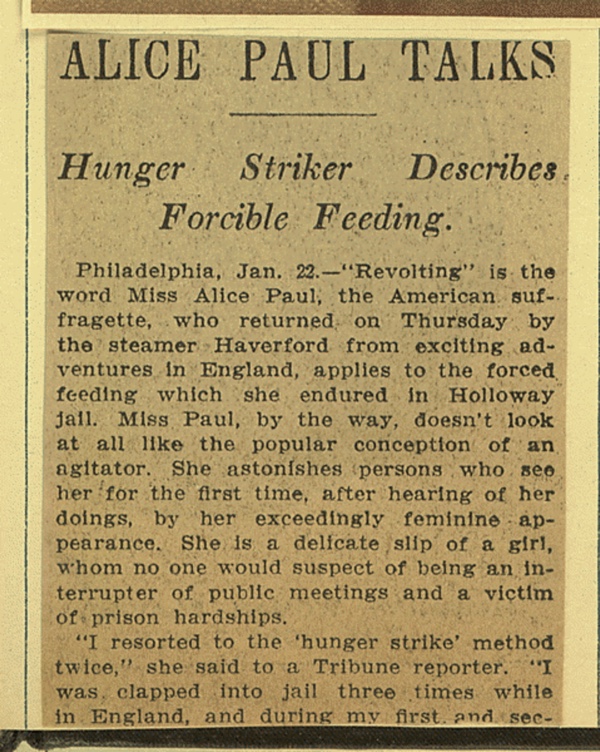
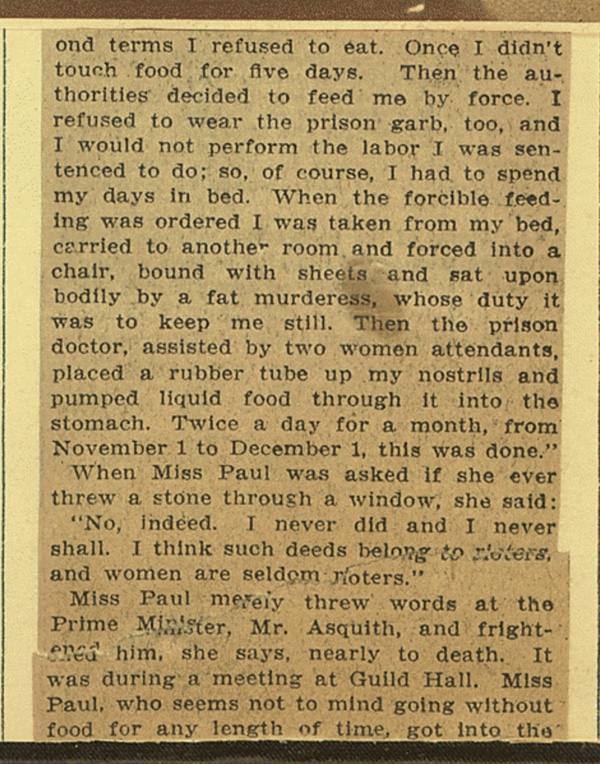
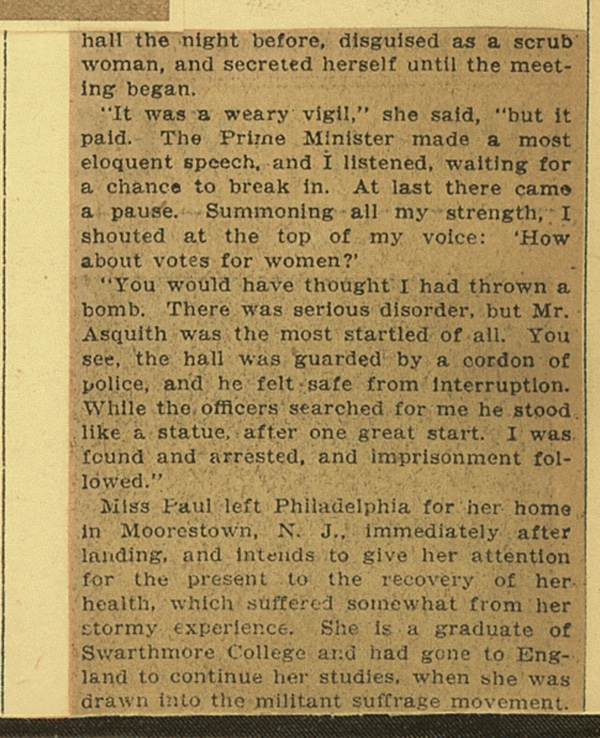
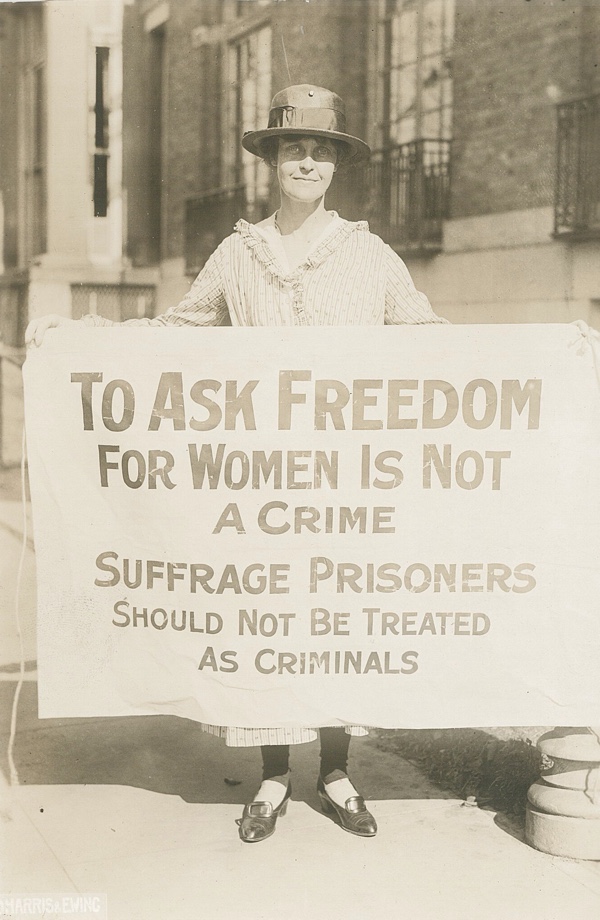
There are two ways in which this story might be told. It might be told as a tragic and harrowing tale of martyrdom. Or it might be told as a ruthless enterprise of compelling a hostile administration to subject women to martyrdom in order to hasten its surrender. The truth is, it has elements of both ruthlessness and martyrdom.
